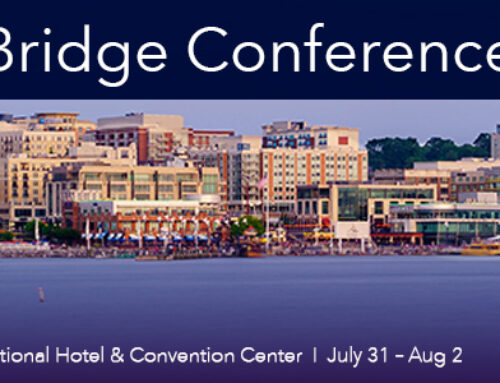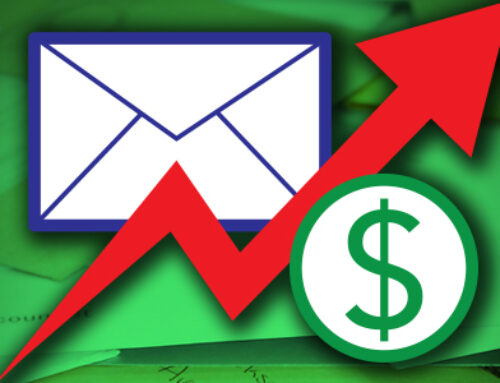Let’s face it, your carefully crafted, smartly designed letter and return envelope don’t matter that much if your OE doesn’t do the job. I think it’s safe to say your OE is the most crucial part of any direct mail campaign.
So what makes a great OE? What makes people want to rip it open to find out more?
The best way to determine the “winning” OE for your business is to test various elements and find out what works when it comes to your audience. In the meantime, here are some tips on crafting outer envelopes that sing a siren song (open me, open me!)
Use a good paper stock.
Yes, this may cost more, but most people can differentiate between flimsy paper and a nice stock with some heft to it…and make assumptions about the sender. That means its smart to invest in your OE’s stock if you want to get people’s attention, interest, and respect. The perception should be: this mailing is important. The company who sent it takes it seriously. So should I. (It will also stand out against all the flimsy envelopes where it seems less effort and attention is invested).
To tease or not to tease?
The famous DM copywriter Robert Bly says that teasers depress response, and that an envelope with no teaser is more frequently opened. If you’re going to use a teaser, make sure it’s a strong one. It should offer key information, but not so much that it’s not necessary to open the package to find out more. A key benefit—one that differentiates your company from another—or an offer with an end date can work to create interest and a sense of urgency.
For the love of God, personalize the address.
Send the package to the recipient, not to “customer at” or “resident.” This is pretty easy to pull off and being impersonal can seem like you’re just trying to sell something without any interest in the actual customer’s needs. At least put in the effort to use names.
Embrace the not-so-exciting.
For your average #10 envelope, go plain. Plain white envelopes generally outperform those fun, colorful envelopes we creative folk enjoy designing. However, this depends on your business, your brand voice, and the type of product and service you offer. Your teaser and a plain vs. colorful OE are great things to test the response rate on.
Think big.
Oversized envelopes stand out in the mail but don’t necessarily do any better than your standard #10’s. You can test the outcome between the two, but you might want to consider saving oversized mailings for unique offers, holidays, or to mix up your norm to surprise recipients.
Simply put, your mail carrier should be one of the first things you strategize when you’re creating a mailing. If you can’t get the recipient into the package, then you haven’t accomplished much. Being aware of works and doesn’t work as well as taking the time to test can increase your response rate and return on investment.



